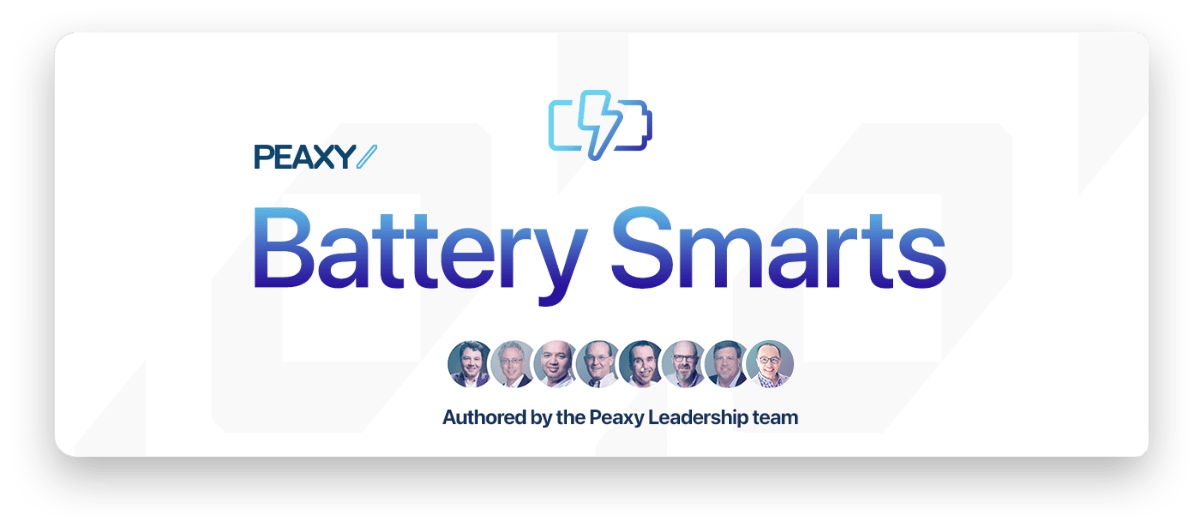Today, an enterprise’s most valuable data may be unstructured information (i.e. data not stored in a row/column database) such as design drawings and simulation data. These documents are rarely stored in a central location, but may reside on departmental servers or even individual workstations where they are invisible to the rest of the organization. This dark data resides in the organizational equivalent of a black hole — once the data goes in, it can’t get out.
For organizations to survive this deluge of data, a new approach is needed. One that is powerful enough to handle the needs of today, flexible enough to build on for the future, and extensible enough to enable business analytics to run across all the necessary data.
The Data Access Problem
Increasingly, much of the crucial information you need to run your organization and gain a competitive edge is unstructured. Unstructured data is growing at a much faster rate than structured data — some say it represents 80% of all new data.
The onslaught of unstructured data poses a real challenge: When data is unstructured, multifaceted and long-lived, it routinely “goes dark” (gets lost) in siloed, legacy storage systems. An IDC study found that information workers wasted an average of 2.3 hours per week searching (but not finding) documents, and another 2.0 hours recreating those lost documents. Those numbers could be much higher on engineering and computational biology teams, where 15% to 25% of their time might be spent looking for lost data or recreating files. After all lost time working with documents is calculated, it costs a typical organization more than $19,700 per information worker per year or 21.3% of total workforce productivity.
Finding The Right Solution
To solve this problem, your Chief Data Officer or data architect can ask (and hopefully answer) the following questions:
- How do you make sure you collect, curate, and organize all the data, arriving at breakneck speed?
- How do you find the needle in a haystack when there’s a difficult business, computational biology or engineering problem (such as predictive analytics)?
- How do you make sure the data will still be there—and you can still find it—five years from now? How about ten or twenty?
- How do you keep your data secure, both at rest and in transit? How do you make sure data is readily accessible to everyone in the company who is authorized to see and use it?
The right solution will provide an organization with universal data access.
Universal Data Access Defined
Universal data access means that essential business data is readily accessible to everyone in the company who is authorized to see and use it.
The technology that enables this is called a data access platform. A data access platform creates a single, unified namespace where all the data that resides in multiple geographic locations and among dozens of engineering teams can be accessed.
It is a cohesive and scalable infrastructure for ingesting, aggregating, organizing, finding, preserving and protecting large unstructured data sets. In addition to saving data, it acts as a map that shows you where your data is, automatically sorts and organizes that data according to availability needs, and then provides tools to access and analyze it.
The Four Essential Mandates of a Data Access Strategy
To stay competitive7, organizations must do more than simply store their data. An effective data access strategy needs to :
Ingest and Aggregate: As data flows into the business, it must be indexed, categorized and classified for later retrieval.
Find & Access: Tools for locating information must extend beyond simple structured or text searches to many kinds of unstructured data. It must be able to look intelligently into CAD drawings or simulation results and relate them to common business needs. Users must be easily able to find the operational data they need, even if it is old and stored in a seldom-used archive. Analytics programs must be able to find and manipulate the data as well.
Preserve & Manage: All data must have a known lifecycle, and be accessible throughout that lifecycle no matter how old. Each file should have an immutable pathname to make sure it never goes dark.
Secure: Data should be encrypted both in flight and at rest, and then checked for integrity. Access to data should be protected by authentication and authorization. The system must know who can access each file.
Takeaway
Companies that depend on large volumes of unstructured data are investing in data access platforms to make sure they can always retrieve and analyze the entirety of that data.
An effective data access strategy will organize data in a unified namespace, allow easy retrieval through threaded searches, and support access by analytics applications to work with the most relevant data and solve business problems.
